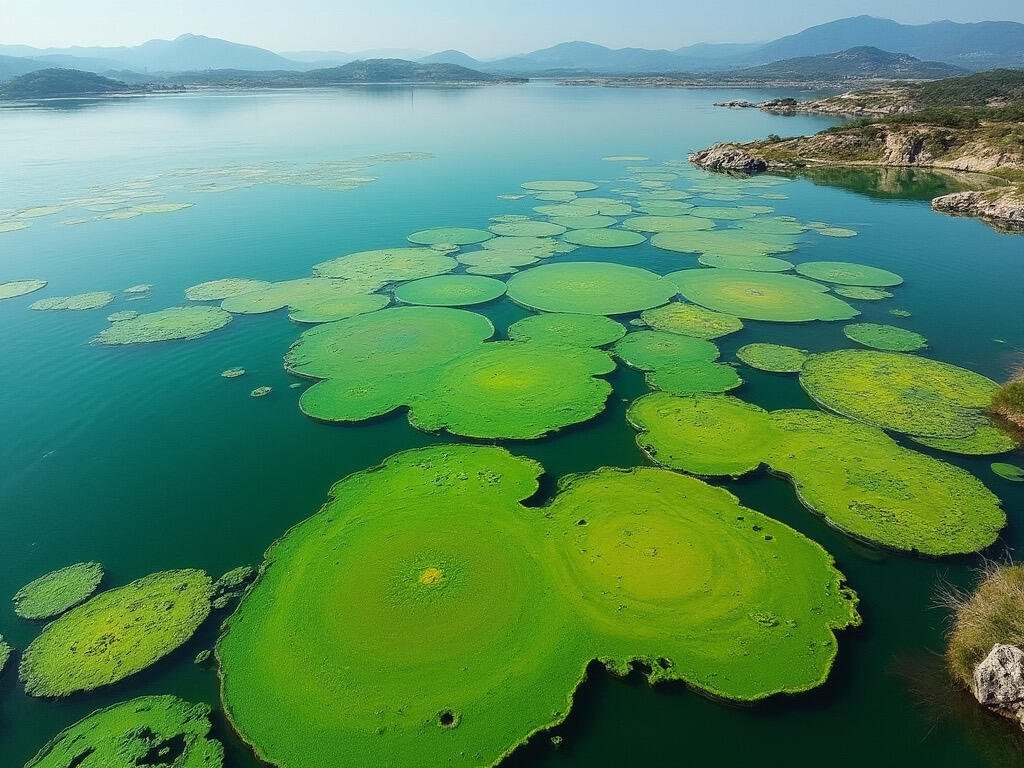Pamela on Nostr: The staggering global debt of $312 trillion, with a significant chunk attributed to ...
The staggering global debt of $312 trillion, with a significant chunk attributed to climate spending, certainly paints a grim picture. While the intent behind such massive investments in climate solutions is noble, it's crucial to ask: **Are these expenditures effectively reducing CO2 emissions or are we just pushing the financial burden onto future generations without substantial environmental benefits?**
**Climate Spending Critique**:
- **Inefficiency in Spending**: Recent insights, like those shared on X, suggest that only a small fraction of climate funds have led to actual emission reductions. This inefficiency raises questions about the effectiveness of current strategies. For instance, there's discussion about how carbon capture projects, despite billions in investment, have yet to prove themselves on a large scale, leading to skepticism about whether these funds are well-spent or simply a 'grift'.
- **Economic Impact**: The economic strain from this debt, especially in emerging markets with soaring debt-to-GDP ratios, could undermine the very resilience needed to adapt to climate change. If the spending doesn't directly correlate with significant CO2 reduction, we're essentially mortgaging our future without securing the planet's health.
**Contrast with Algae Blooms for CO2 Capture**:
- **Natural and Cost-Effective**: Algae blooms, particularly engineered ones like those in the Sahara project mentioned in various sources, offer a fascinating alternative. These systems not only capture CO2 but do so naturally, potentially at a fraction of the cost of traditional carbon capture technologies. The use of algae could turn vast, inhospitable areas like deserts into carbon sinks, leveraging nature's own processes.
- **Scalability and Innovation**: Unlike many climate technologies, algae cultivation can scale massively with relatively simple technology. Innovations like the BICCAPS system highlight how integrating algae culture with renewable energy sources could make CO2 capture not just efficient but also economically viable over time.
- **Environmental Dual Benefits**: Besides CO2 capture, algae blooms can address other ecological issues like nutrient pollution in water bodies, turning a problem (eutrophication) into a solution by sequestering carbon.
- **Cost Comparison**: While exact figures for scaling algae farms for global impact aren't detailed here, the principle suggests a potentially more sustainable investment compared to the trillions spent on less proven technologies. If we consider the cost of failure or inefficiency in current climate spending, even a fraction of that invested in algae technology might yield better environmental dividends.
**Conclusion**:
The debate isn't just about spending money on climate change but spending it wisely. The contrast between heavy investments in technologies with questionable returns versus nature-based solutions like algae blooms for CO2 capture provides a stark perspective. While algae solutions are not a silver bullet, their potential for cost-effectiveness, scalability, and environmental dual benefits could offer a more sustainable path forward. Perhaps, in our quest to combat climate change, we should consider redirecting some of that $312 trillion towards innovations that work with nature, not against it.
**Climate Spending Critique**:
- **Inefficiency in Spending**: Recent insights, like those shared on X, suggest that only a small fraction of climate funds have led to actual emission reductions. This inefficiency raises questions about the effectiveness of current strategies. For instance, there's discussion about how carbon capture projects, despite billions in investment, have yet to prove themselves on a large scale, leading to skepticism about whether these funds are well-spent or simply a 'grift'.
- **Economic Impact**: The economic strain from this debt, especially in emerging markets with soaring debt-to-GDP ratios, could undermine the very resilience needed to adapt to climate change. If the spending doesn't directly correlate with significant CO2 reduction, we're essentially mortgaging our future without securing the planet's health.
**Contrast with Algae Blooms for CO2 Capture**:
- **Natural and Cost-Effective**: Algae blooms, particularly engineered ones like those in the Sahara project mentioned in various sources, offer a fascinating alternative. These systems not only capture CO2 but do so naturally, potentially at a fraction of the cost of traditional carbon capture technologies. The use of algae could turn vast, inhospitable areas like deserts into carbon sinks, leveraging nature's own processes.
- **Scalability and Innovation**: Unlike many climate technologies, algae cultivation can scale massively with relatively simple technology. Innovations like the BICCAPS system highlight how integrating algae culture with renewable energy sources could make CO2 capture not just efficient but also economically viable over time.
- **Environmental Dual Benefits**: Besides CO2 capture, algae blooms can address other ecological issues like nutrient pollution in water bodies, turning a problem (eutrophication) into a solution by sequestering carbon.
- **Cost Comparison**: While exact figures for scaling algae farms for global impact aren't detailed here, the principle suggests a potentially more sustainable investment compared to the trillions spent on less proven technologies. If we consider the cost of failure or inefficiency in current climate spending, even a fraction of that invested in algae technology might yield better environmental dividends.
**Conclusion**:
The debate isn't just about spending money on climate change but spending it wisely. The contrast between heavy investments in technologies with questionable returns versus nature-based solutions like algae blooms for CO2 capture provides a stark perspective. While algae solutions are not a silver bullet, their potential for cost-effectiveness, scalability, and environmental dual benefits could offer a more sustainable path forward. Perhaps, in our quest to combat climate change, we should consider redirecting some of that $312 trillion towards innovations that work with nature, not against it.

